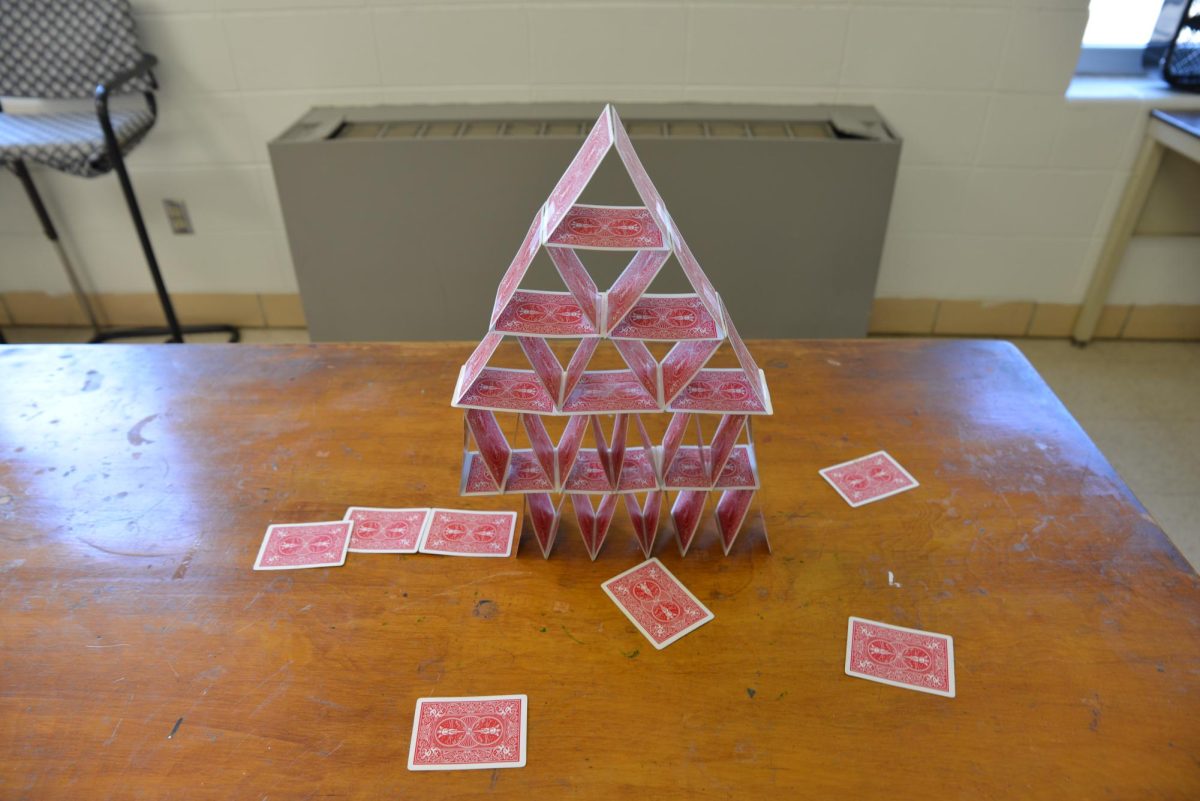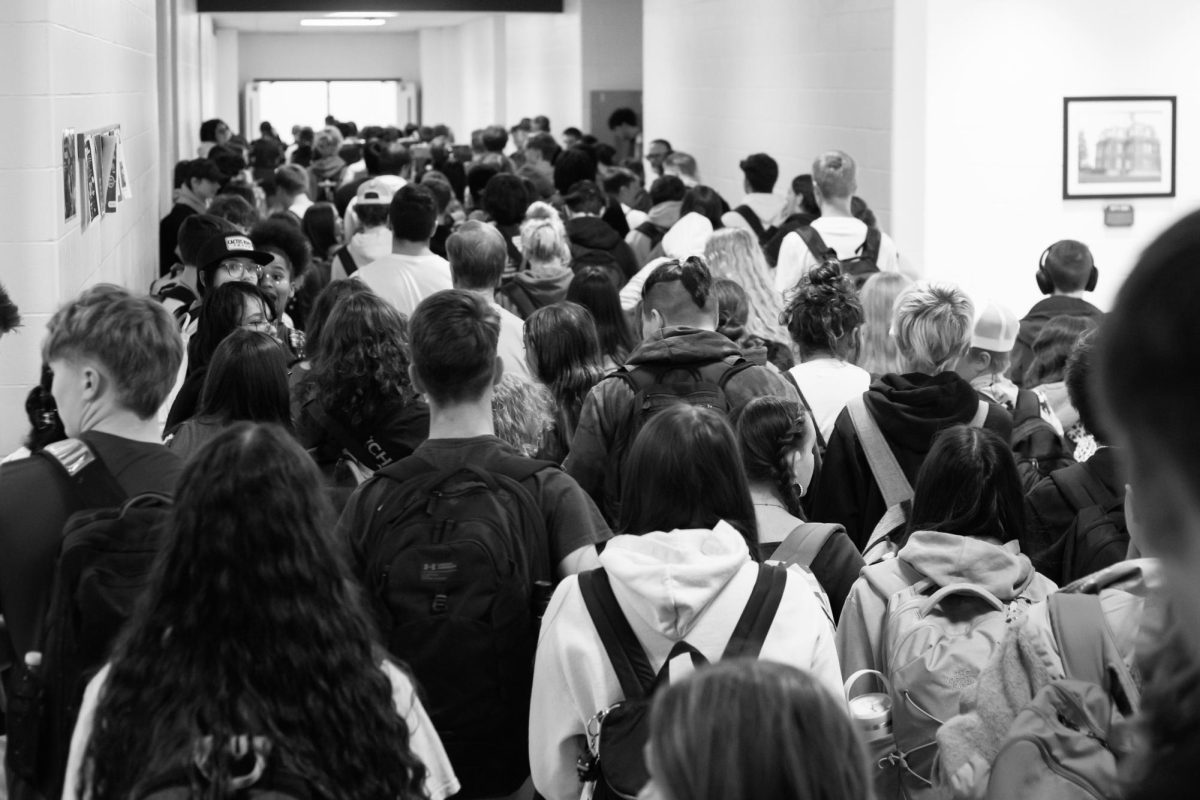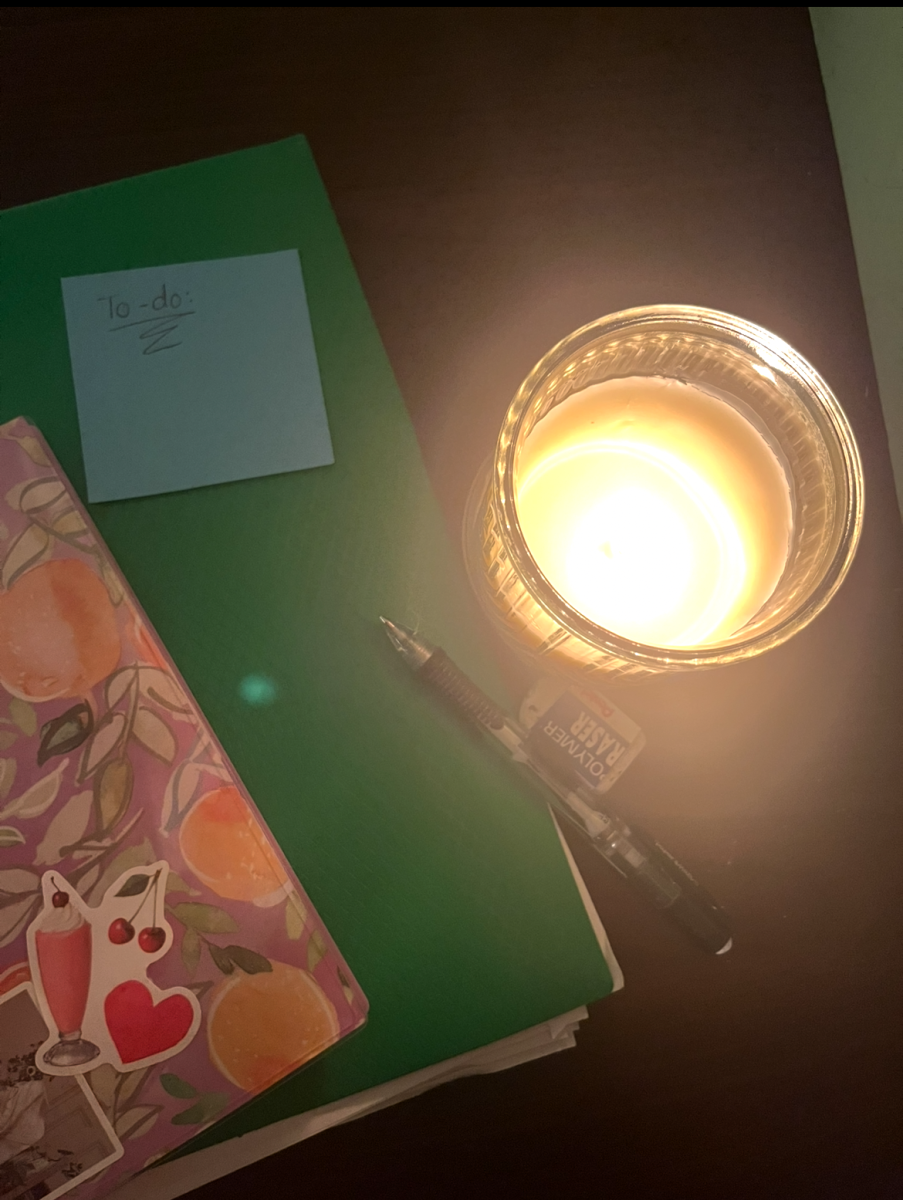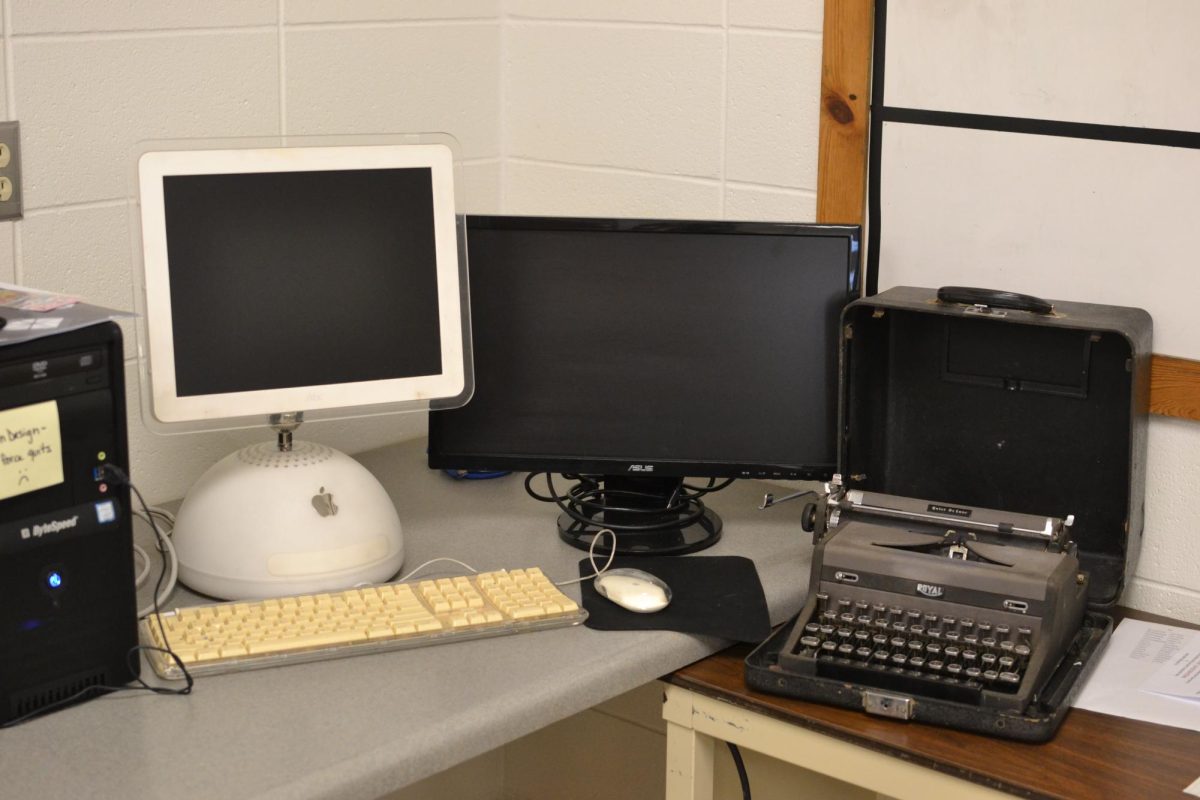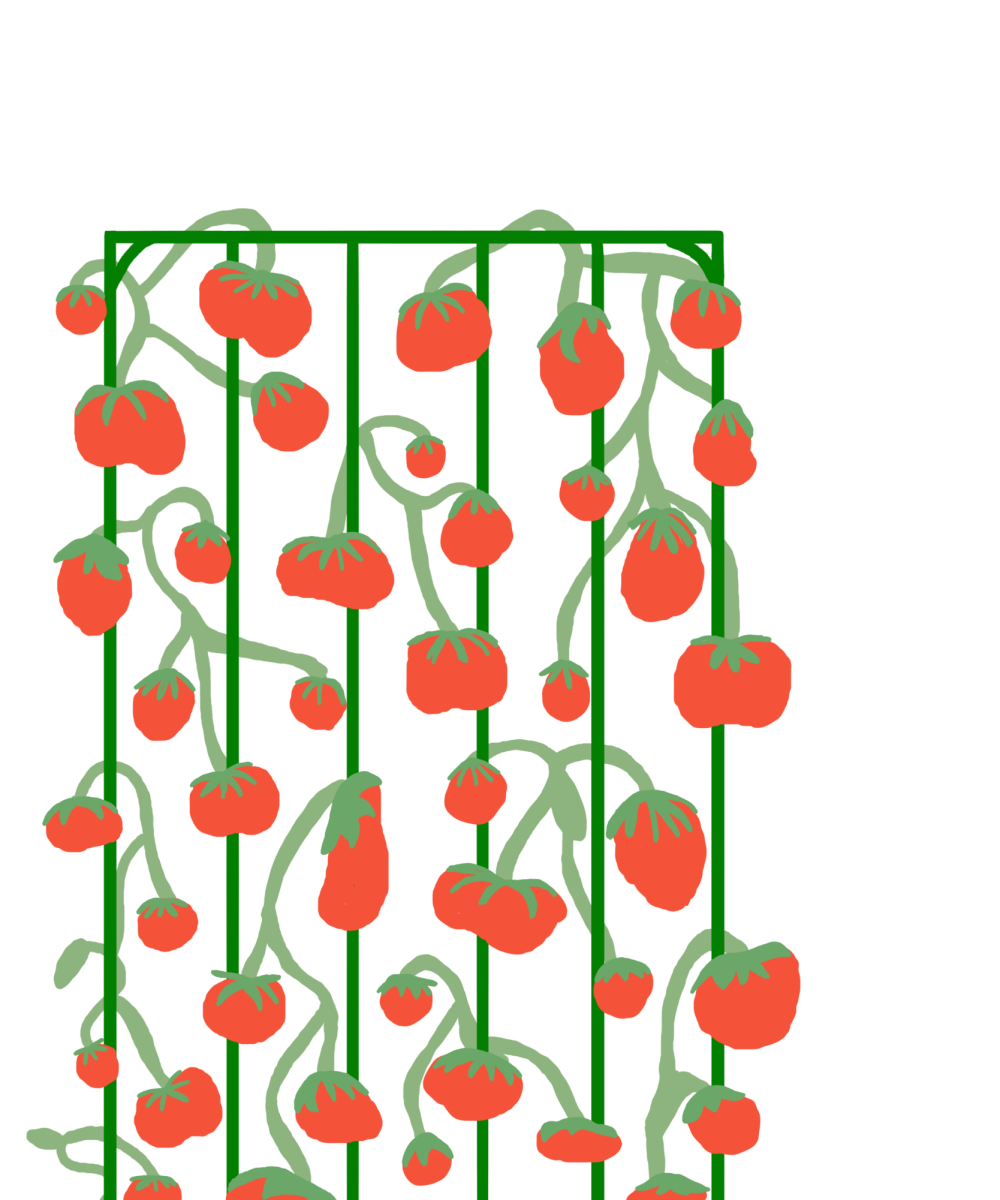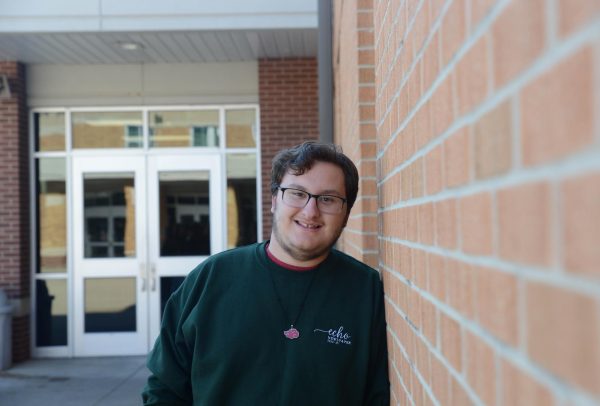I have recently lived in a state of home insecurity, jumping from house to house, away from my own home. It is a fleeting stage of my life, and I have drawn a lucky hand. To move easier from place to place, I have had to live off the bare essentials: toiletries, a few shorts, a couple pairs of pants, some shirts, and a few jackets. Leaving my house brought upon disruptions of routines and has changed my perspective to only focusing on getting where I need to be, when I need to be there, whatever’s next. Though my situation is temporary, it made me realize that kids who do not have a home base carry invisible layers of stress.
“‘Home insecurity’ [describes] anybody who is uncertain of where they’re going to be staying and for how long they’ll be allowed to stay there,” said Director of Secondary Counseling Dr. Sarah Kaelin.
All kinds of situations could put someone in this insecure status. If you don’t know where you’re sleeping or eating at night, then it’s almost impossible to feel like school is important.
“If your basic needs aren’t getting met…you don’t have food, you don’t have sleep, you don’t have those general things, [or] people that care about you, then it’s hard to get to those upper tiers like learning because your brain is occupied,” said Dr. Kaelin. “Instead of schoolwork, your brain is occupied thinking about survival.”
Home insecurity, or unstable housing, comes in all shapes and sizes. It does not necessarily mean “homelessness.”
“It could be couchsurfing. It could be living in your car. It could be living in a hotel. All of those are unstable housing,” elaborated Dr. Kaelin.
Maslow’s hierarchy of needs says that your basic needs – food, water, shelter, sleep, clothing – must be fulfilled before you can reach levels like self-actualization to learn. When a person does not have basic needs filled, they need outside resources. Sometimes someone bringing you breakfast can make all the difference.
“So we [counselors] have…school supplies, clothes, some access to food. We have personal hygiene products of all kinds and shapes. If we’ve got a student who doesn’t have access, like to a shower, that sort of thing, we can help facilitate that so that there’s time to get that done,” said Dr. Kaelin.
Unstable housing is not always the same as being homeless, but both homelessness and unstable housing situations are often invisible. Though Kaelin shared a 1% statistic of RHS students known to be currently living in unstable housing, these numbers only represent those who have reported.
Focusing, especially in school, is often elusive in the best circumstances. Students living with unstable housing will most likely be focused on their next meal, where they will be sleeping, or when they’ll need to pack up again – not on homework deadlines, school forms, or practice times.
“It’s best if students are letting us know when they are having home insecurities because we can indicate that in our Infinite Campus system, and by flagging, that automatically triggers the free and reduced lunch whether their parents have filled out the paperwork or not,” said Dr. Kaelin.
A stable home is a symbol of security. Without it, the extras of life seem far away. We might not know who is in any of these situations, but they’re more stressed than you think. Be kind.



